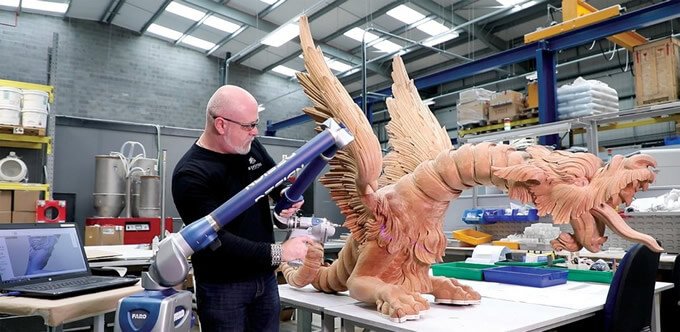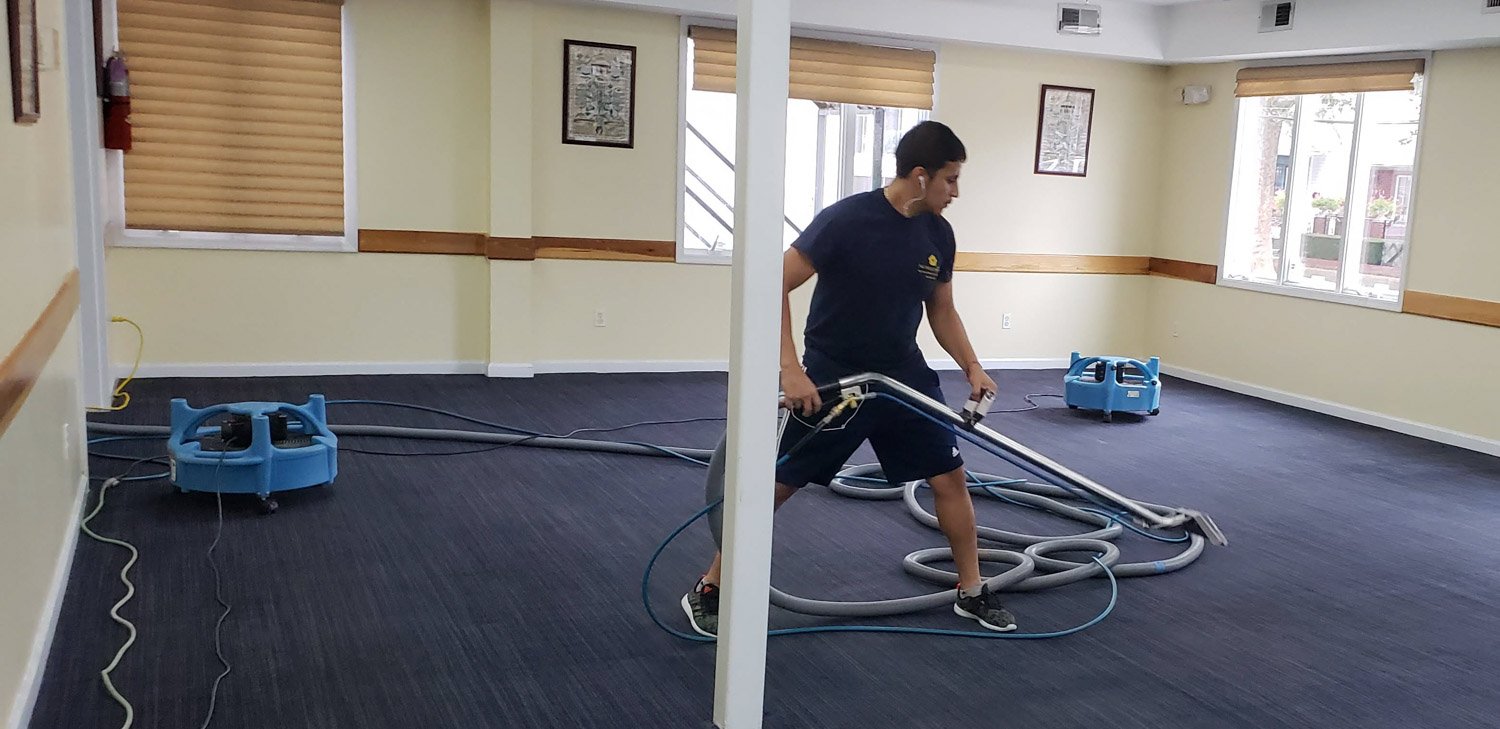Introduction
Historic artifacts are invaluable treasures that provide a glimpse into the past, reflecting the artistic, cultural and technological advancements of past eras Over time, these artifacts tend to deteriorate, often to the destruction of a at the edges is the worst. Thus, edge restoration plays an important role in preserving the integrity and longevity of these valuable objects. This article examines comprehensive practices in edge restoration, focusing on due diligence and innovative approaches to ensuring historic preservation
The importance of edge restoration
Edges are often the first pieces of artwork to show signs of damage due to exposure and roughness. Whether it’s paintings, manuscripts, pottery pieces or textiles, edges can be damaged, chipped or damaged, compromising the overall structural integrity and aesthetic appeal of the object Restoring edges is important not only for aesthetic reasons but to prevent further edge damage and to ensure the stability of the artwork.
Historical Interpretation
Historic artifacts are tangible links to our past, providing insight into the lives, cultures, and technologies of past civilizations. The preservation of these materials is important for educational purposes, cultural heritage and scientific research. Edge restoration helps maintain the original look and functionality of the artwork, and allows future generations to experience and learn from this historic treasure.
Preventing Further Damage
Left untreated damaged edges can lead to serious issues. For example, a damaged edge of a fabric may cause further rupture, while a cracked edge on ceramic pieces may spread cracks throughout the product By dealing with damaged edges promptly, conservators can prevent major damage and ensure long-term preservation of the artwork .
Advanced Methods in Edge Restoration
Edge restoration requires a combination of traditional craftsmanship and modern scientific methods. Conservationists use techniques tailored to specific materials and types of damage, ensuring that restoration is both efficient and cost-effective
Reinforcement of materials
Consolidation is an important first step in edge restoration, especially for loose or fractured edges. This process involves bonding the damaged area with adhesives or stabilizers that penetrate and bond to the material. For example, in recycling paper, conservators can use wheat starch mixtures or adhesives to strengthen the edges of fragile signatures.
Inpainting and Retouching
Interior painting and remodeling are important techniques for decorative or edge-painted works of art. Conservators carefully color-match and place them in damaged areas to ensure the restoration blends seamlessly with the original. This process requires a keen eye for color and detail, as well as an understanding of the historical and artistic context of the piece.
Edge re-weaving and sewing
Fabric edges are often worn or frayed, and can be addressed by reweaving or sewing. Using fine threads that match the original fabric, conservators carefully reweave the damaged areas, recreating the original pattern and structure. Where further molding is not possible, suturing techniques may be used to strengthen edges and prevent further fracture.
Fillers and Patching
Filler strips are also commonly used in edge restoration for artifacts such as ceramics and wooden objects. Conservators create custom pieces that match the textures and colors of the original pieces, filling breaks or gaps in the edges. For more significant injuries, the same dressings can be applied, ensuring the durability of the restoration and eye contact.
Laser cleaning and micro abrasion
Modern technology has introduced advanced cleaning techniques such as laser cleaning and micro abrasion, which are especially useful for soft or hard edges Laser cleaning uses focused light to remove dirt and grime without degradation surfaces, while micro abrasion uses particles to gently clean and smooth edges
Edge restoration case studies
Specific case studies provide a deeper understanding of the challenges and successes of edge restoration. Here are a few notable examples.
The Sutton Hood Iron helmet
The tip of the Sutton Hood helmet, a remarkable Anglo-Saxon artifact, was largely rebuilt to repair cracked and rusted edges. Conservators used micro-welding techniques to reattach the metal pieces and fill the gap with custom steel, preserving the helmet’s structural integrity and historical significance
Bayeux Cotton Mills
The Bayeux Tapestry, a medieval masterpiece, has lain for centuries on its worn and decayed surfaces. Conservators used simple reweaving techniques, applied additional fabric on top to reinforce edges, and ensured that the textiles remained preserved and displayed
Ancient Manuscripts
Ancient manuscripts, such as the Dead Sea Scrolls, are often fragile and damaged. Conservators are using a combination of consolidation, interpointing and patching to stabilize and restore these valuable prints, using advanced photographic techniques to document and demonstrate the restoration process.
The role of technology in edge restoration
Advances in technology have revolutionized edge restoration, giving conservationists new tools and techniques to achieve more accurate and effective results.
3D scanning and printing
3D scanning and printing technology allows conservators to create exact replicas of missing or damaged edges. These replicas can also be used as reference models or physical substitutes, loosely integrated into the original artwork.
Digital Photography and Analysis
Digital imaging analysis also provides detailed insight into the edges of a design, allowing conservators to assess damage and plan for successful restoration Technologies such as X-ray fluorescence (XRF) and infrared reflectance (IRR) reveals hidden information and informs the restoration process.
Nanotechnology
Nanotechnology is an emerging field in conservation, offering innovative solutions for edge restoration. Nanomaterials can also be used to make ultra-fine consolidation adhesives, for stronger and more effective bonding at the micro-level.
Ethical considerations in edge restoration
While edge restoration is necessary to preserve historic features, it should be done with careful consideration of ethical principles. Conservators strive to maintain the authenticity and integrity of the works of art, avoid excessive restoration and ensure that any restoration can be done and properly documented
Authenticity and reversibility
Original conservation and craftsmanship are paramount. Conservationists use reversible techniques and materials wherever possible, allowing future generations to repair or recreate them if necessary.
Written books
Proper documentation is important in edge restoration. Curators record detailed records of the condition of the artwork, the materials and techniques used, and the reasoning behind return decisions. This transparency ensures that the history of the artwork is preserved along with its physical form.
Conclusion
Edge Restoration is an important part of the historic preservation process, requiring a blend of traditional skills and modern technology. By implementing comprehensive practices and adhering to ethical principles, conservationists can restore the integrity of these valuable resources, ensuring their survival for generations the future Continued improvements in edge restoration techniques promise further breakthroughs in the preservation of our shared cultural heritage.

